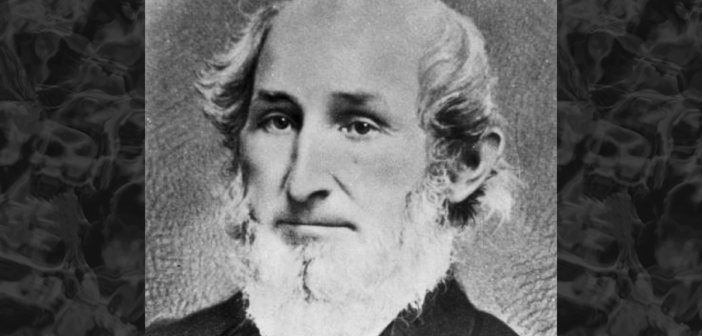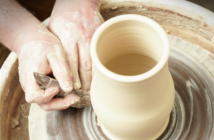By Jane Malone
One of the more curious events that followed the Battle in Gettysburg was the exodus of ministers from the town’s churches in 1863 and 1864.
Like most south-central Pennsylvania communities in the middle of the 19th century, Gettysburg had a robust church life. Eight churches were within the borough limits: two Methodist, two Lutheran, and two Presbyterian churches, and one German Reformed and one Roman Catholic church. It was not uncommon for members of these congregations to attend services at neighbor churches to enjoy music and fellowship. They supported each other’s efforts at fundraising. In the decades leading up to the outbreak of war in 1861, along with the county courthouse, the churches provided meeting places for community gatherings to hear special lectures or to mark Washington’s birthday. Churches were part of the social fabric, and the pastors of the churches were an integral part of
the community.
On July 1, 1863, when wounded soldiers began pouring into Gettysburg, the churches were among the many large public buildings that opened as hospitals. In that role, many churches were so damaged that they would not open for regular religious services for months after the battle. The pastors were called upon to do double duty: to minister to both congregants and soldier-patients who had been through the trauma of the fighting. Meeting those demands must have been very difficult.
In fall 1863, the pastors of Gettysburg began leaving their congregations to serve elsewhere, and by the end of 1864 they had, with one exception, all left the town.
The Rev. Father Arthur M. McGinnis of St. Francis Xavier Roman Catholic Church and the Rev. Theodore P. Bucher of the German Reformed church were the first to leave, in October 1863. The Rev. George Berkstresser of the Methodist church, the Rev. H.G. Finney of the Presbyterian church on Baltimore Street, and the Rev. Abraham Essick of St. James Lutheran Church departed during 1864. The United Presbyterian Church on High Street and the Wesleyan Methodist Church apparently had vacant pulpits in July 1863, so there were no settled pastors there. The only pastor to stay in his pulpit in Gettysburg was the Rev. Louis Henry Baugher of Christ Lutheran Church; he was also the president of Pennsylvania (now Gettysburg) College.
We can speculate about why the pastors left. Perhaps the thought of rebuilding the damaged churches was overwhelming. Political issues may have made remaining uncomfortable. The pastors simply did not address their reasons for leaving in their final letters or sermons. Rather, they recounted the joys of serving their Gettysburg congregations.
There is, however, no question that the physical and emotional toll on everyone in the area who witnessed the battle was extraordinary.
The pastors accepted calls to other churches. They chose to work with different people, in different places, who had a different history.
Jane Malone serves on the Adams County Historical Society Board of Trustees.




